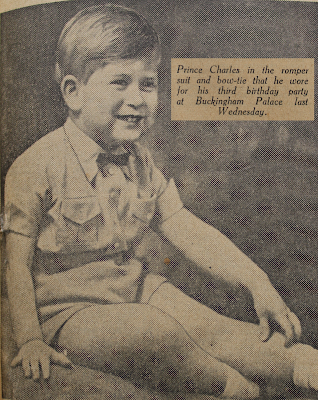THE STAR Johannesburg
- 1920, July 2
In several
ways the most remarkable incident of Their Excellencies’ farewell tour was the visit
to the Cango Caves yesterday. Lord & Lady Buxton were accompanied by the
whole of their party – the Mayor, Deputy Mayor, Town Clerk, Councillors of
Oudtshoorn, their wives and many other enthusiasts, not to mention the
Magistrate and the local police officer.
The scene is
difficult to describe, but it was something of a combination of the most
magnificent transformation scene at Drury Lane and the underground world of
Peter Pan.
The setting
was, of course, the finest stalactite cavern in the world. Then, walking amid
rows of twinkling candles and bearing candles on bamboo rods, were the
quaintest-looking people in pyjamas, dressing gowns or gorgeous hues, odds and
ends of fishing garments, venerable shooting suits, etc., and all headed by the
bearded guide – the living spirit or genius of the caves.
These
people, in ordinary day life, are said municipal dignitaries and high
officials. Their exceedingly picturesque appearance at the moment was dictated
by discretion as narrow passages had to be squeezed through, and then the
famous mud-slide leading to farther caverns was negotiated to the unqualified
joy of the younger people.
The Mayor
was in an immaculate pyjama jacket, over cricketing trousers. A lady of
Government House provided a perfect patch of colour in a dressing gown of
roseate hue. A popular aide-de-camp favoured pyjamas of Liberty art shades. The
police officer was quite unrecognizable; and ahead of all was the Hon. Alethea
Buxton, the small daughter of their Excellencies – the daintiest of Wendies
straight out of Act 1 of Peter Pan.
MAGNESIUM
FLARES
These
examples will give some idea of an unforgettable retinue.
Frequent
magnesium flares brilliantly lit up the scene, and revealed stalactites of
every shape and colour – cream, pink, or even milk white – some of them
sparkling like myriads of diamonds.
Their
Excellencies went about three-quarters of a mile deep into Caves, starting with
the vast Van Zyl’s Chamber, which is over forty feet in height. Towards the end
of this is Cleopatra’s Needle, which the guide has carefully measured the past
35 years, during which time it has only grown one-sixteenth of an inch. Then
there are the Pulpit and the Font, also in stalagmite, the Drum, the Missing
Link, besides masses of stalactites in the shape of draperies, curtains, trees
and beasts. The guide has penetrated some miles into the middle of the earth,
and since the beginning of the year he has made 2 000 new discoveries. For 40
years he has devoted himself to research work – a work of love. His idea is
that the caverns were originally formed by an underground river, and he searches
very often for its outlet, but so far without any trace of success.
The curious
fact in all his investigations is that he has never found any prehistoric
remains or bones, and it is certain these caves were never inhabited. Once in
recent years, near the entrance, he came upon a few bones, and he was much
excited until it was discovered that they were the remains of a modern little
dog, which had strayed in with a party, and had fallen over a precipitous edge.
The new
discoveries include the exquisite King Solomon’s mines and the Bridal Chamber. To
get to these takes hours of walking, and it is necessary to go down the Mud
Slide and pass the isolated form of Lot’s wife.
There are
still miles and miles of discoveries to be made, although the present known
chambers are themselves sufficiently amazing, and without rival. – Reuter





























